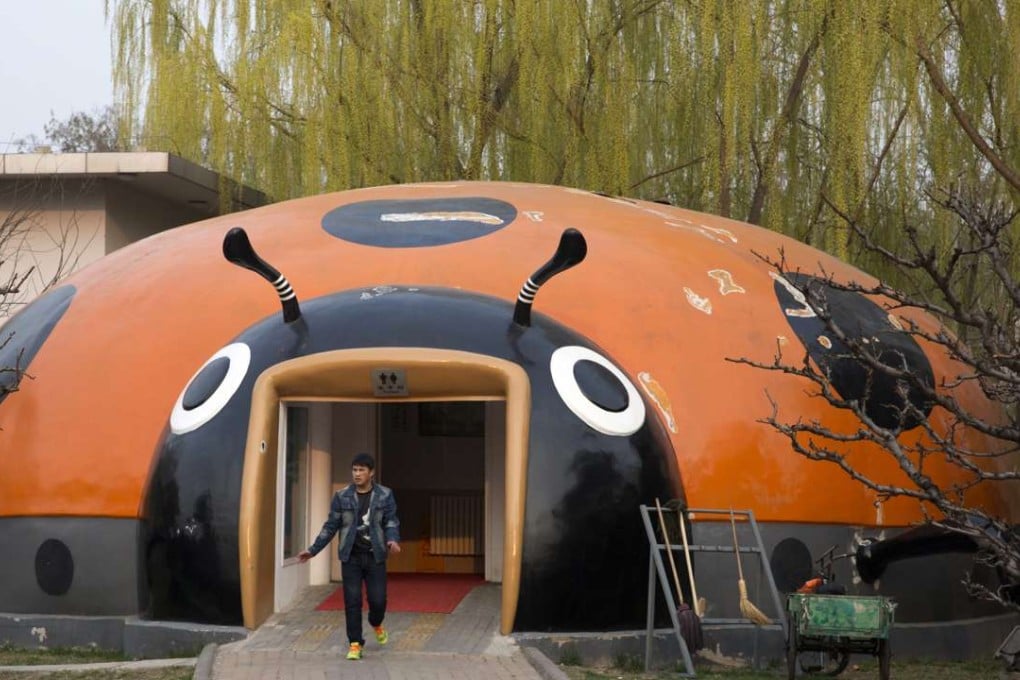China’s ‘toilet revolution’ is almost complete … but it’s still far behind global standards
Nation is almost done revamping its much-lamented loos just two years into three-year plan approved by President Xi Jinping

Notorious for their filth, stench and primitive conditions, public toilets in China have long been an inevitable trial of anxiety and horror for tourists from developed countries travelling to the mainland.
But authorities say things are improving after the first two years of a three-year “toilet revolution” that aims to upgrade the country’s bathroom facilities at tourist sites, which draw 4.4 billion domestic and foreign visitors a year.
The China National Tourism Administration said on Friday that close to 36,000 new public toilets had been installed across the country while another 15,000 had been renovated since 2015, completing almost 90 per cent of the target set by the campaign.
The “toilet revolution”, which received President Xi Jinping’s approval in a sign of its importance, was launched to address the much-complained-about issue that has threatened to damage the reputation of the country’s tourism industry, which earned about 3.9 trillion yuan last year.

The programme has so far received more than 1 billion yuan of funding from the central government and over 20 billion yuan from local governments.
Li Jinzao, head of the CNTA, said on Friday that the ongoing project had seen sanitation conditions improve significantly but warned that China was still lagging far behind international standards.